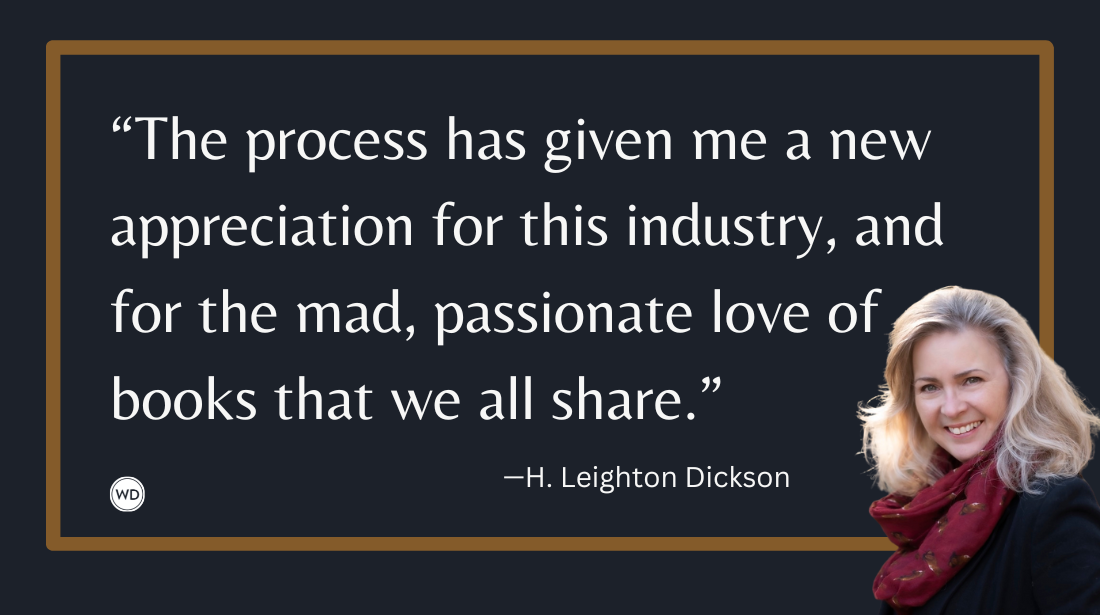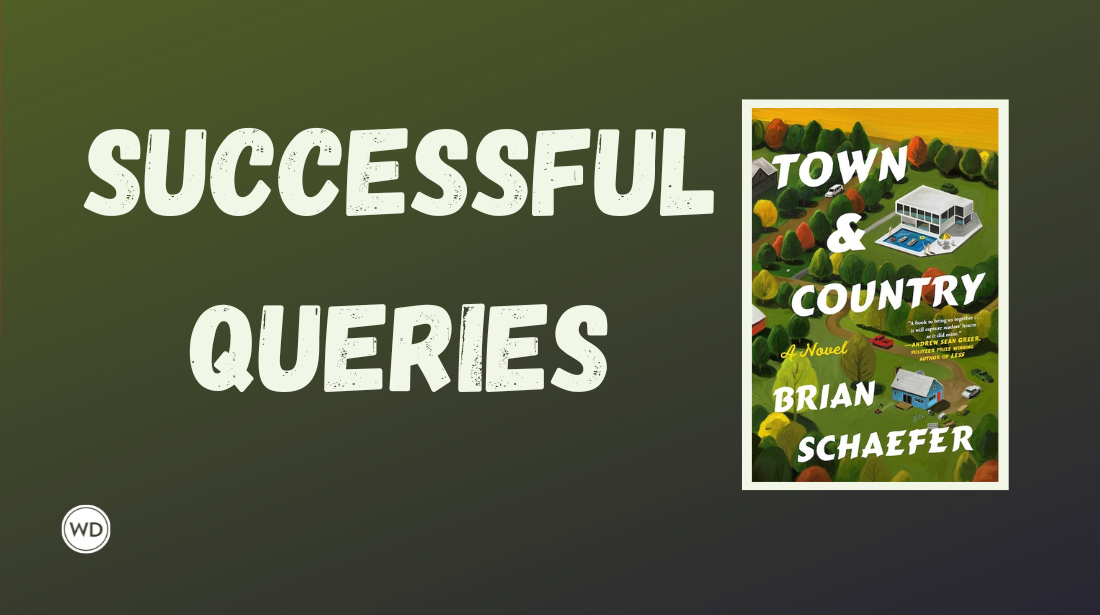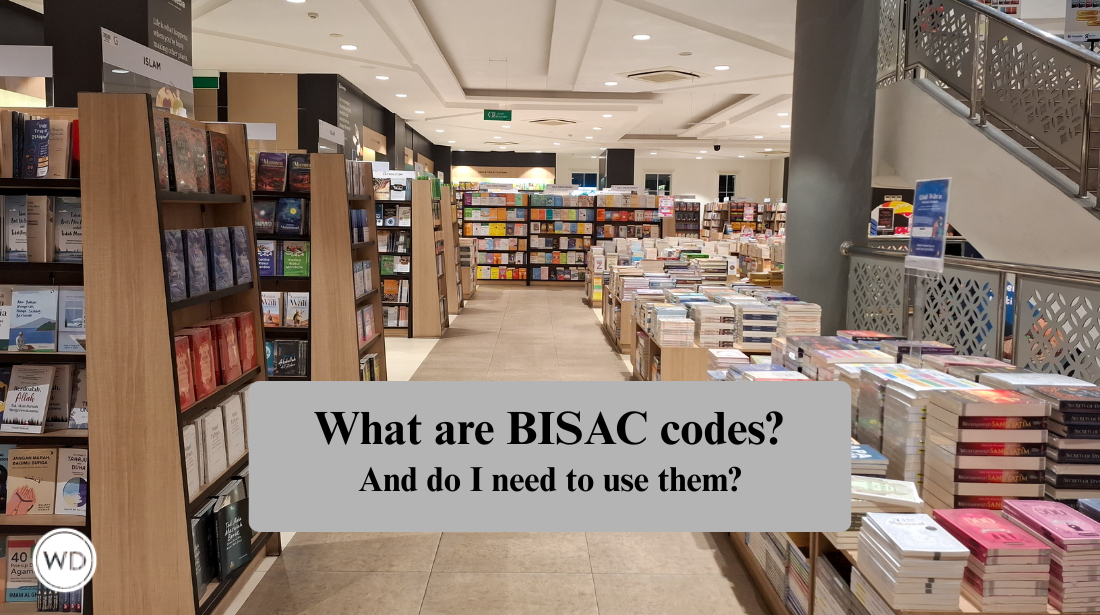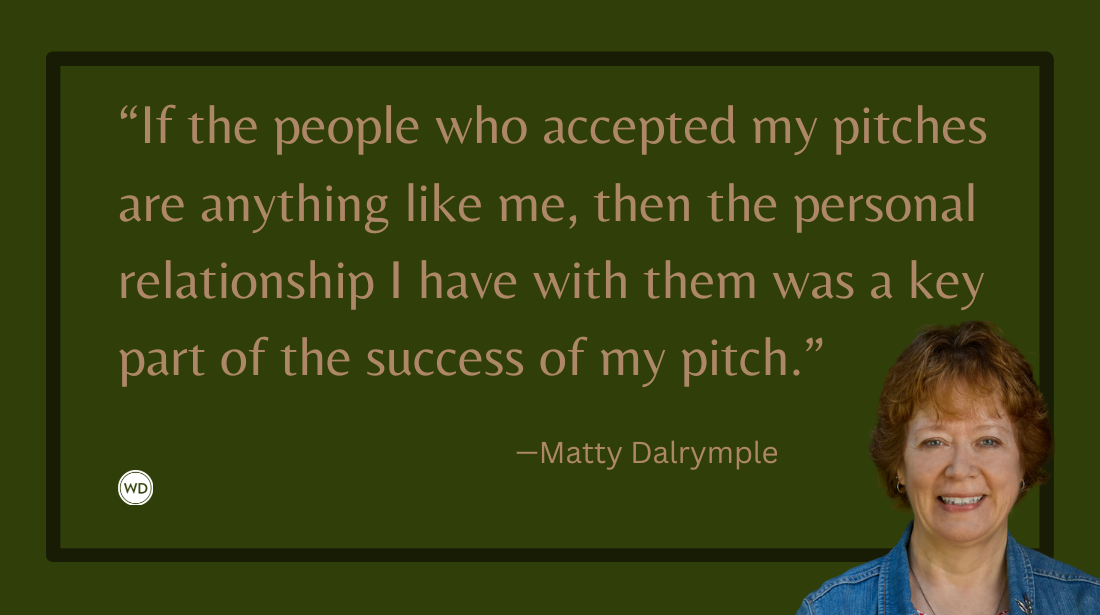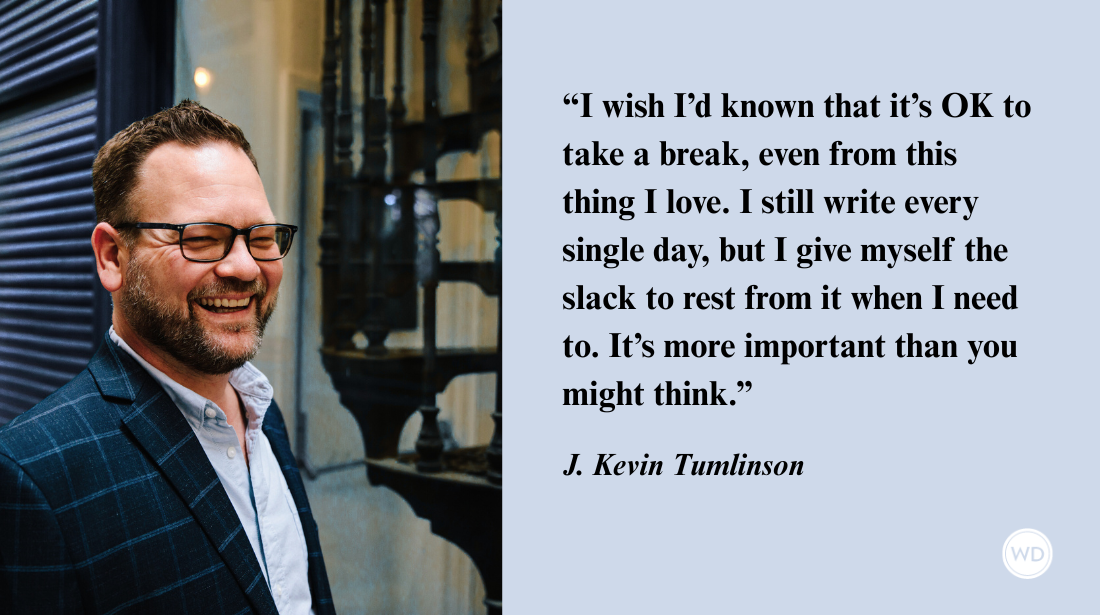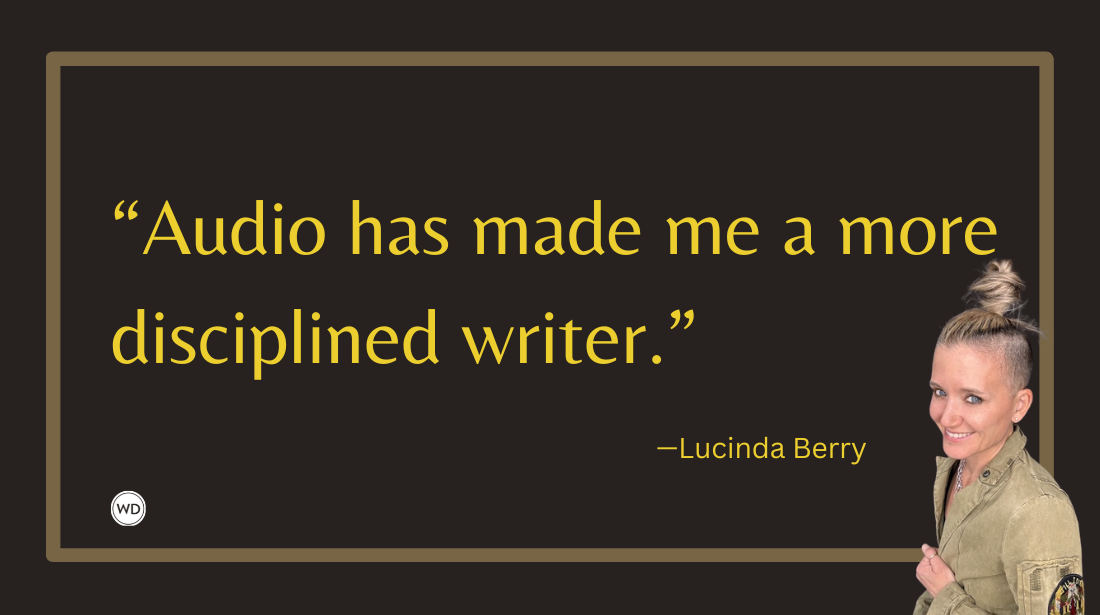4 Key Categories of Self-Publishing
Let’s start with the obvious. The self-publishing landscape is changing rapidly. It’s becoming more difficult to explain the options available not just because there ARE more options, but because there…
Let's start with the obvious.
The self-publishing landscape is changing rapidly.
It's becoming more difficult to explain the options available not just because there ARE more options, but because there are subtle shades of differences between the options that aren't immediately clear or apparent—even to people inside the industry.
With this post, I hope to establish some categories to help us talk about the different options now available.
First, let me emphasize: There is no one-size-fits-all self-publishing option. It all depends on your goals, your skill level, and the audience you're trying to reach.
I would classify most self-publishing options into these 4 categories:
- Print-on-Demand (POD) "Full Service"
- Print-on-Demand (POD) "Free Service"
- E-Book Single Channel
- E-Book Multiple Channel
1. Print-on-Demand (POD) "Full Service"
This is the self-publishing option that became very popular in the early 2000s, because it made self-publishing more affordable than ever. Print-on-demand technology allowed for books to be printed one at a time, only after an order was placed, avoiding the necessity for authors to pay for a traditional print run that would most likely sit in a warehouse somewhere, unsold.
There were many players in this arena at first, but consolidation took hold, and AuthorHouse bought up the key players but retained their branding, including iUniverse, Xlibris, and Trafford.
AuthorHouse is now seeking partnerships with traditional publishers to form branded self-publishing imprints that they service. This has happened so far with Thomas Nelson's West Bow, Harlequin's Horizons, Hay House, Writer's Digest's Abbott Press (see new contest here to promote its launch), and also, just recently, Berrett-Koehler.
Key characteristics of this option
- Highest priced option for self-publishing since you're paying for "full service" publishing, which usually includes solid customer service. For better service (e.g., content editing or copyediting), you have to pay for a higher priced package. It can cost thousands of dollars, or hundreds, depending on the package you choose.
- You have to do nothing, aside from hand over your Microsoft Word document and write a check.
- You have very little control over pricing. (The common complaint is that you can't price to reasonably compete against a traditionally published paperback.)
- You are responsible for all marketing, though of course you can pay for a marketing package that may or may not be helpful in selling books.
- You usually receive the lowest royalty of all options covered here, but it's still a higher royalty than what a traditional publisher would pay.
2. Print-on-Demand "Free Service"
There are some print-on-demand services that will charge you very little (and who often advertise "free" versions of the service) as long as you do all the work.
Like full service companies, they do offer "package deals" that help you with cover design, interior design, etc. But you can avoid these services and pay a very low fee if you do the work yourself.
Key characteristics of this option
- Similar to above—but you buy only the services you need, either by the package or a la carte; you can save money if you don't need the "full service" POD option. Again, it can cost thousands of dollars, or
hundreds, depending on the package you choose. - You
usually receive a lower royalty than other options covered here (with exception of "full service"), but
it's still a higher royalty than what a traditional publisher would pay.
--
Here is an overview of these first two options and the companies affiliated with each. Please note: This is NOT an exhaustive list; it's merely to help you understand where I would place some of the major players.
I've listed Lightning Source in its own corner, because it is not a self-publishing service, but can be effectively used by self-publishing authors. Lightning Source is used by traditional publishers to produce POD books.
If you have the skill and ability to act like a publishing professional—that is, act as a BUSINESS—this can be the cheapest option and highest royalty option for producing a print-on-demand book, and you would avoid any connection or branding with a known self-publishing service company.
3. E-Book Single Channel
When you self-publish through Amazon Kindle, Barnes & Noble PubIt! (Nook), Scribd, or Google's eBookstore, you're publishing through a single channel. Your book isn't purchased anywhere except through those particular devices or stores, or their affiliates.
Key characteristics of this option
- These services are absolutely free. You pay nothing to play. That's because these services are not providing you with any service except making your work available for sale in their online store.
- Your royalty is typically 70-85% of the retail price—which YOU set.
- You have to do all the work of formatting/converting files to meet the requirements of the channel. (They all have unique requirements.) You have to design your own cover.
- You can pull your work off these sites at any time if you get a deal with a traditional publisher—or if you just decide to do something different.
- There is no exclusivity agreement. You can publish your work in one or all of these places.
4. E-Book Multiple Channel
This situation is exactly like single channel, only you're dealing with a service that will push your book out to multiple book retail outlets. You can use single and multiple channel services at the same time.
Here is a chart that helps you understand the division of players. This is NOT an exhaustive list.
So, there are the four categories.
Questions to ask yourself before choosing any path
- What are my goals? (Does it require a print edition?)
- How much help do I need to create a product that will meet my goals?
- Does my audience prefer print or digital?
- Is price point critical for my audience or genre?
- Once you have a product—no matter which path you choose—how will you make people aware it exists? (Don't expect any of these 4 options, no matter how much money you pay, to do your marketing for you.)
- You can subscribe to my newsletter for access to more in-depth handouts on these questions/issues.
People in the industry are saying that e-books are becoming the new mass-market outlet. New authors such as Amanda Hocking, as well as midlist authors such as JA Konrath, are using e-book channels to get on bestseller lists and make good money—not publishing service companies.
But that's a whole other post.
What have I missed? Would you add new or different categories? What are some of the most important things authors need to know before using any of these options?
Jane Friedman is a full-time entrepreneur (since 2014) and has 20 years of experience in the publishing industry. She is the co-founder of The Hot Sheet, the essential publishing industry newsletter for authors, and is the former publisher of Writer’s Digest. In addition to being a columnist with Publishers Weekly and a professor with The Great Courses, Jane maintains an award-winning blog for writers at JaneFriedman.com. Jane’s newest book is The Business of Being a Writer (University of Chicago Press, 2018).




